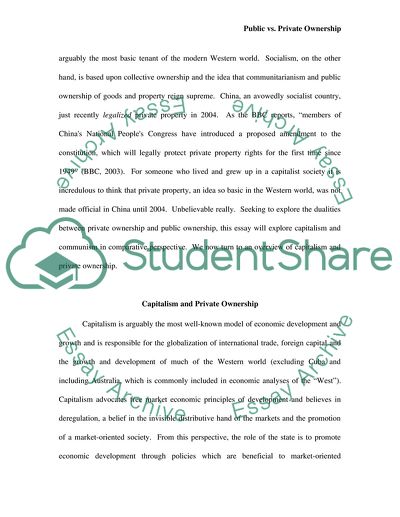Cite this document
(“Public vs Private Ownership Research Paper Example | Topics and Well Written Essays - 2250 words”, n.d.)
Public vs Private Ownership Research Paper Example | Topics and Well Written Essays - 2250 words. Retrieved from https://studentshare.org/macro-microeconomics/1727885-public-versus-private-ownership
Public vs Private Ownership Research Paper Example | Topics and Well Written Essays - 2250 words. Retrieved from https://studentshare.org/macro-microeconomics/1727885-public-versus-private-ownership
(Public Vs Private Ownership Research Paper Example | Topics and Well Written Essays - 2250 Words)
Public Vs Private Ownership Research Paper Example | Topics and Well Written Essays - 2250 Words. https://studentshare.org/macro-microeconomics/1727885-public-versus-private-ownership.
Public Vs Private Ownership Research Paper Example | Topics and Well Written Essays - 2250 Words. https://studentshare.org/macro-microeconomics/1727885-public-versus-private-ownership.
“Public Vs Private Ownership Research Paper Example | Topics and Well Written Essays - 2250 Words”, n.d. https://studentshare.org/macro-microeconomics/1727885-public-versus-private-ownership.


